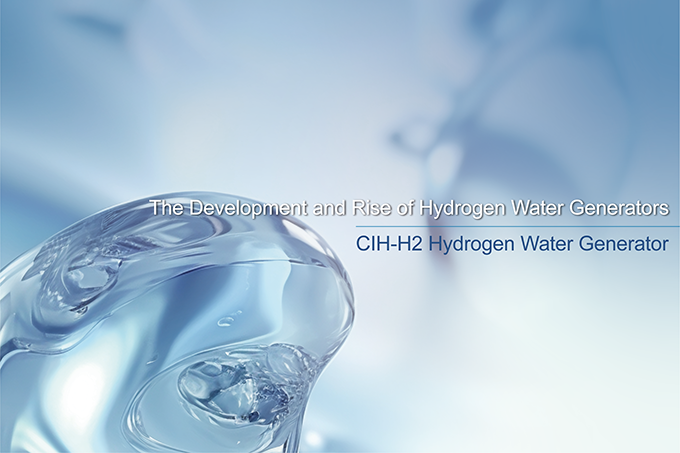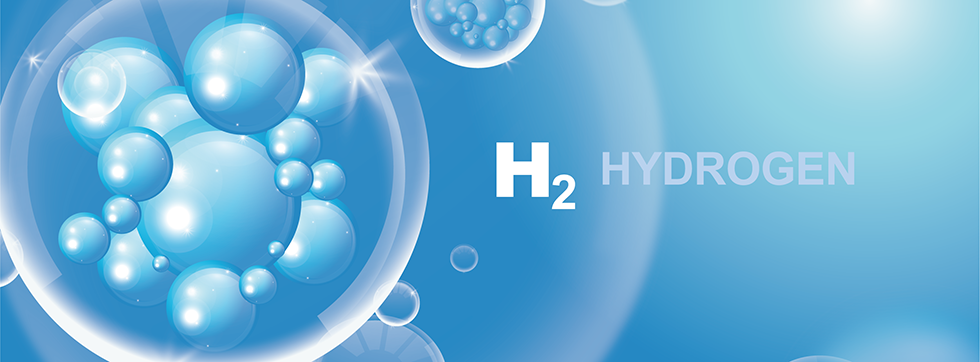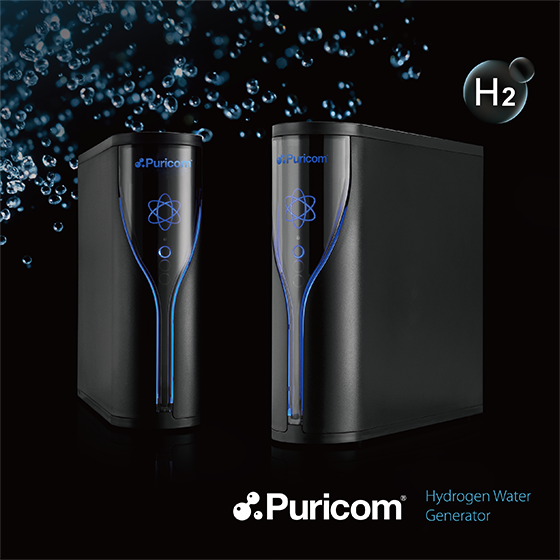The Development and Rise of Hydrogen Water Generators

Hydrogen Water Generators gained attention
in the early 2000s when scientific research began uncovering the unique health
benefits of molecular hydrogen. Research revealed hydrogen’s potential to
mitigate oxidative stress, sparking interest in its therapeutic uses. Early
prototypes were rudimentary, mainly used in medical laboratories. Since then,
significant advances in technology and growing health consciousness have led to
the development of Hydrogen Water Generators. These devices, ranging from
medical instruments to versatile home and commercial appliances, provide users
with easy access to hydrogen-rich water.
Current Trends
The primary purpose of Hydrogen Water Generators is to make the therapeutic benefits of hydrogen accessible through daily hydration. The design focuses on countering oxidative stress—believed to contribute to aging and various health conditions—by delivering molecular hydrogen directly through drinking water.
Today, Hydrogen Water Generators are more efficient, with enhanced capabilities to infuse higher concentrations of hydrogen into water. Improvements in portability and ease of use make these devices appealing to a broader audience.

Understanding the Technology
Hydrogen Water Generators operate by electrolysis, which involves passing electricity through water, splitting it into its elemental components—hydrogen and oxygen. The hydrogen gas is then dissolved into the water, creating hydrogen-rich water.
Innovations in electrolysis technology, such as PEM (Proton Exchange Membrane) and SPE (Solid Polymer Electrolyte), have allowed for safer and more effective hydrogen generation. PEM devices feature an electrolysis unit with electrodes separated by a Proton Exchange Membrane (PEM). As the hydrogen gas produced at the cathode is collected, the PEM allows positive hydrogen ions (protons) from the anode side to move to the cathode side, preventing oxygen from mixing with hydrogen in the water. SPE performs the same function as PEM but specifically uses a solid polymer that acts as the electrolyte.

Types of Hydrogen Water Generators
There are three main types of Hydrogen Water Generators, each suited to different consumer needs and preferences:
- Portable Generators: Compact and lightweight, these battery-powered devices are ideal for travel. While convenient, they typically produce lower concentrations of hydrogen compared to larger models.
- Countertop Generators: Larger units that sit on kitchen countertops, these devices offer high durability and can generate higher concentrations of hydrogen. They are ideal for home use but require a permanent setup.
- Integrated Water Dispensers: These all-in-one units combine water filtration and hydrogen generation, providing users with filtered, hydrogen-infused water in a single step. They appeal to households seeking a comprehensive solution but come at a higher price point.
Puricom CIH-H2 Hydrogen Water Generator

The Puricom CIH-H2 Hydrogen Water Generator is an advanced filter system that instantly delivers high-concentration hydrogen water. It features an auto-cleaning function, a water electrolysis cell with automatic function detection, and a motor soft starter to extend its lifespan. Elegantly designed with a glossy panel and smart LED indicator, this generator is also equipped with intelligent controls like a filter change notice, water quality detector, leak sensor, and auto-flushing. Its ease of maintenance and luxurious aesthetics make it a top choice for enhancing daily hydration.
Manufacturing
Currently, Japan leads in the technology and production of these generators. However, Taiwan is rapidly catching up. Puricom is now producing competitive models that are recognized for their innovation and quality. Puricom’s experience in advanced water filtration technology, high-quality manufacturing capabilities, stringent quality control, and competitive costs allow them to offer high-quality solutions ideal for the precision required in these devices.
As interest in hydrogen water grows, continued research and technological improvements will likely drive further adoption of these devices. With its robust manufacturing capabilities and expertise in water technology, Puricom is well-equipped to support this growth.

